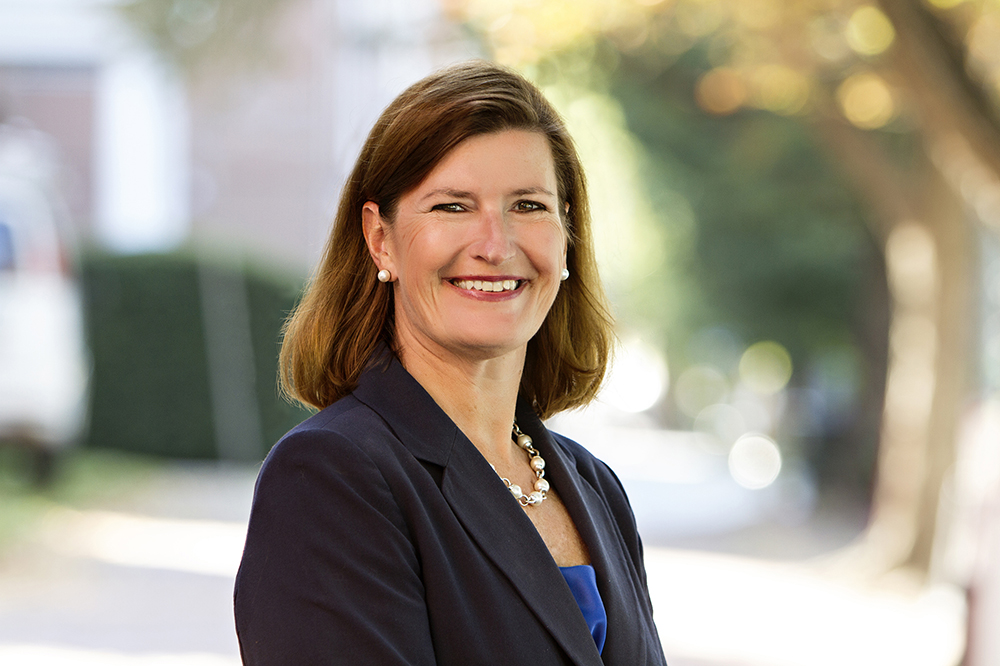Split Decision: Today’s Divorce Seeks to Minimize Cost and Antagonism
June 24, 2015
Publications
Split Decision: Today’s divorce seeks to minimize cost and antagonism
By Debra Denison Cantor and Ann V. Levin
While many associate the word divorce as synonymous with painful and messy, a paradigm shift in conflict resolution has led to a specialty known as “collaborative divorce.” Gaining traction in Pennsylvania and part of an international movement, collaborative divorce is saving clients time, heartache, and often thousands of dollars.
Under collaborative law, both parties retain separate, specially trained lawyers whose only job is to help them settle the dispute. All parties agree to work in good faith, combining legal representation with the strength of mediation.
In January, a draft of the Pa UCLA (Pennsylvania Uniform Collaborative Law Act) gained unanimous approval of the Family Law Section of the Pennsylvania Bar Association. Earlier this month, a resolution supporting the proposal was approved by the full Board and the House of Delegates of the Pennsylvania Bar Association. A bill is expected to be introduced in the Legislature later this year.
The UCLA or state versions of the Act specifically pertaining to family law have been enacted by four states and Washington D.C., according to the Uniform Law Commission. The Act provides consistent standards in the process and to assure clients in the collaborative process have a similar experience. To date, the Commonwealth has about 300 collaboratively trained attorneys housed in 13 practice groups across the state.
To ensure attorneys are committed to the process, the Pa UCLA would prohibit attorneys who fail to help a couple settle their case from representing their client further. No one may go to court or threaten to go to court; if that happens, the process ends. This is truly a settlement endeavor.
Traditionally, divorce is treated like separating partners in a business deal or victims in a car accident. These participants simply walk away when their case is over. But when children are involved, parties must remain tied together forever. A main goal behind collaborative law process is to make children a top priority and to learn to communicate for co–parenting in the future.
As an alternative to litigation, collaborative divorce looks at real lives and circumstances and actual expenses, with both parties using financial experts, mental health consultants, and appraisers instead of adversarial experts.
Collaborative divorce can also work well when:
-
The couple’s children attend college: The law does not require parents to pay for college, but they often agree to share costs.
-
A couple has a child with special needs: The process looks at every aspect of how to handle the complex demands of caring for the child.
-
Couples own a business: A private settlement can be arranged without panicking investors or clients.
-
Parties still have respect for each other, even though they no longer wish to be married.
All this is not to say that collaborative divorce is an easy process. You don’t just hand over your troubles to a divorce lawyer and say, “fix this.” And while it’s a misconception that couples must be able to get along for the process to work, a level of trust is helpful.
One proponent called it “divorce for grown-ups,” noting an “amicable divorce” is really a myth; unpleasantness nearly always invades the process because it drives the split. But collaborative divorce forces civility and communication. A client said that she “talked more to my husband in the first session than I did in the last three years of marriage.”
In collaborative divorce, spouses can speak of their deep hurt. It can be healing and lead to more closure. The courts are not interested in such things. Many collaborative divorces can be dealt with in as few as six meetings. One divorce settled in two meetings; another took a year and a half while the parties waited for property to sell. The important consideration is that in collaborative divorce the parties set the pace of resolution.
Above all, in any divorce proceeding, it’s important for both sides to understand the courtroom is not the place for revenge or validation. Too many times, clients are looking for a judge or a lawyer or someone in authority to listen to their pain and tell them they are right.
Depending on the process, and the goals of both parties, a divorce can be accomplished without the rancor many anticipate. Collaborative divorce helps parties find a separate peace, while creating a safe zone around the children and preserving relationships for life.
To learn more about collaborative divorce, go to www.CentralPaDivorceOptions.com.
Debra Denison Cantor and Ann V. Levin are family law attorneys with McNees Wallace and Nurick who focus on helping clients resolve divorce related issues through a collaborative approach when possible. They are co-vice-chairs of Collaborative Professionals of Central Pennsylvania and members of the Pennsylvania Bar Association’s Collaborative Law Committee.


